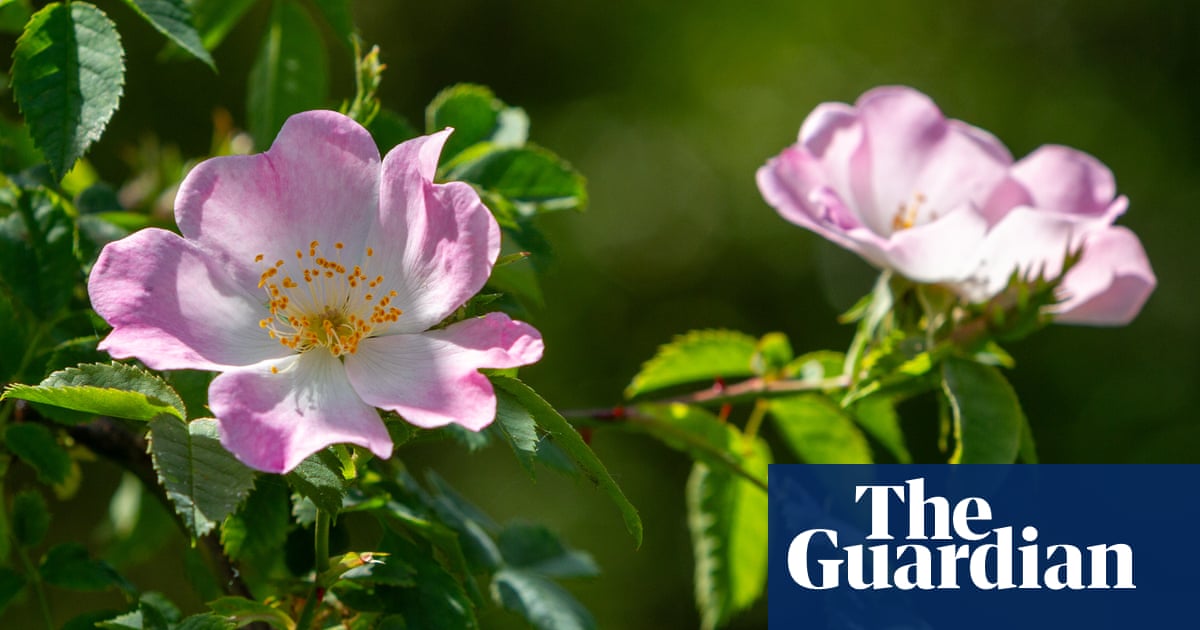
My containers have been plagued with vine weevil larvae this year, the maggot-like creatures chomping through the roots of edible and ornamental plants. So when I lifted some strawberry crowns to make way for my tulip bulbs and glimpsed a plump, cream-coloured grub in the crumbly, dark brown compost, my heart sank.
As I unearthed the grub, I realised something was amiss. It was curled in a distinctive tight C shape but looked like a vine weevil larva on steroids – three times the size of those I’d dug up earlier in autumn. Vine weevil larvae are legless, but this individual was sporting three pairs of stubby legs, positioned right at the front of the body, close to its amber head. It was a chafer beetle larva, but at first glance I wasn’t sure of the species.
I’ve recorded cockchafers (Melolontha melolontha) and rose chafers (Cetonia aurata) in my garden and their larvae are similar in appearance, so I picked up the grub, warming its firm, concertina-like body in my palm, then laid it down on the patio table. Uncurling, it rolled on to its back, stretched out to full length, and began flexing its body, using the tiny tufts of rufous, bristle-like hairs along its back to propel itself forward. Cockchafers crawl along on their front, dragging their tail end, so this distinguished it as a rose chafer.
Sifting through the pile of compost I’d tipped out of the terracotta pot, I quickly accumulated a whole handful of larvae. A reassuring sight, as the adult beetles emerged so early this spring that I was concerned for their survival.
Chafer is a term for beetle derived from the Old English caefor, meaning “devourer”, but, unlike their cockchafer relatives, which voraciously consume grass and vegetable roots, rose chafer larvae are harmless detritivores, feeding on decaying leaves and other organic matter. In fact, like earthworms, they are important nutrient recyclers and their burrowing helps aerate the soil, so I carefully reburied the horde.
Rose chafers have a two-year life cycle, pupating in summer and emerging in autumn or the following spring, so it will be many months before these alien-looking juveniles bejewel my garden as iridescent coppery-green adults.












